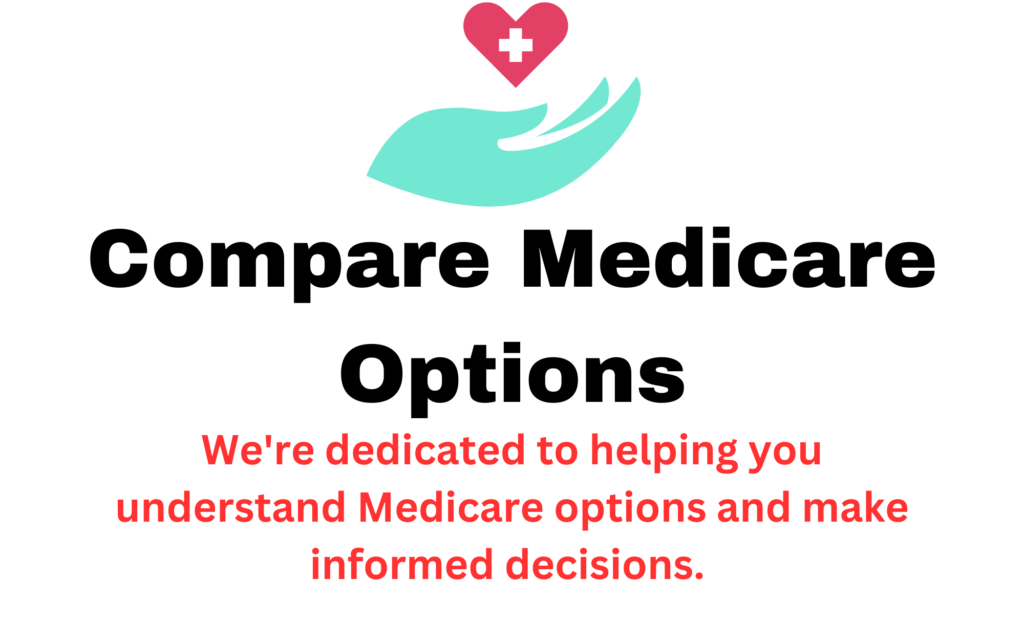Medicare Part D was established under the Medicare Modernization Act of 2003 and officially launched in 2006. It represents a significant expansion of Medicare’s coverage to include outpatient prescription drugs, addressing a longstanding gap in the program’s benefits. Part D plans vary in coverage and cost, allowing beneficiaries to choose a plan that best fits their prescription medication needs and budget.
One key feature of Medicare Part D is its flexibility, offering beneficiaries a wide range of prescription drug plans to choose from. These plans differ in terms of the medications they cover, the pharmacies they work with, and the premiums, deductibles, and copayments they require. This variety enables beneficiaries to select a plan that aligns with their specific healthcare needs and preferences.
Another important aspect of Medicare Part D is its role in providing access to essential medications for chronic conditions and acute illnesses. By offering coverage for prescription drugs, Part D helps ensure that Medicare beneficiaries can afford the medications prescribed by their healthcare providers, thus promoting better health outcomes and improved quality of life.
Overall, Medicare Part D plays a crucial role in enhancing the comprehensiveness of Medicare coverage and addressing the healthcare needs of older adults and individuals with disabilities.
Medicare Part D provides coverage for a wide range of prescription drugs, including both brand-name and generic medications. Here’s an overview of what Medicare Part D covers:
Prescription Medications: Part D plans cover a variety of prescription drugs that are commonly used to treat medical conditions. This includes medications for chronic conditions like diabetes, high blood pressure, asthma, and heart disease, as well as acute conditions like infections and injuries.
Formulary Drugs: Each Part D plan has a formulary, or list of covered drugs, which may vary from one plan to another. The formulary typically includes drugs in various categories, such as brand-name drugs, generic drugs, and specialty drugs. Part D plans must cover at least two drugs in each therapeutic category and class.
Brand-Name and Generic Drugs: Part D plans cover both brand-name and generic drugs. Generic drugs are often less expensive than brand-name drugs and offer a more affordable option for beneficiaries. Part D plans may incentivize the use of generic drugs by offering lower copayments or coinsurance for generics.
Specialty Medications: Part D plans may also cover specialty medications, which are used to treat complex or rare medical conditions. These medications may require special handling, administration, or monitoring, and may be more expensive than other drugs. Part D plans may have additional requirements, such as prior authorization or step therapy, for certain specialty medications.
Vaccines: Part D plans cover vaccines that are recommended by the Centers for Disease Control and Prevention (CDC) for the prevention of illnesses such as influenza (flu), pneumonia, and shingles. Beneficiaries can receive these vaccines at participating pharmacies or healthcare providers’ offices.
Medicare-Covered Drugs: Part D plans cover drugs that are prescribed by a healthcare provider and are medically necessary for the treatment of a covered medical condition. Drugs that are excluded from Medicare coverage, such as over-the-counter medications, cosmetic drugs, and drugs for weight loss or gain, are not covered by Part D plans.

Monthly Premium: This is the fee you pay each month to maintain your Part D plan, regardless of whether you use prescription medications. If you fall under the Income-Related Monthly Adjustment Amount (IRMAA), you may also incur an additional monthly fee in addition to the standard premium.
Annual Deductible: Many Part D plans come with an annual deductible, which is the amount you must pay out-of-pocket before your plan begins covering a portion of your prescription drug costs. Typically, the deductible does not apply to the first tier of drug coverage.
Copays and Coinsurance: Once you’ve met your deductible, you’ll be responsible for a portion of the cost of your medications. This can be a fixed amount known as a copay or a percentage of the drug cost known as coinsurance. The specific amount you pay will depend on the tier of the drug prescribed.
Evaluate various Medicare options.
Request pricing details from insurers or brokers.
Consult experts for personalized guidance.
Enrolling in Medicare Part D is an important step for beneficiaries who need prescription drug coverage. Here’s what you need to know about enrolling in Medicare Part D:
Initial Enrollment Period (IEP): The Initial Enrollment Period for Medicare Part D typically coincides with your Initial Enrollment Period for Medicare Part A and Part B. This is the seven-month period that begins three months before the month you turn 65, includes the month you turn 65, and ends three months after the month you turn 65. During this time, you can enroll in a Part D plan without penalty.
Annual Enrollment Period (AEP): The Annual Enrollment Period for Medicare Part D occurs each year from October 15 to December 7. During this time, beneficiaries can review their current Part D coverage and make changes if needed. You can switch to a different Part D plan, enroll in a Part D plan if you didn’t do so when you were first eligible, or disenroll from a Part D plan.
Special Enrollment Periods (SEPs): In certain situations, you may qualify for a Special Enrollment Period to enroll in or make changes to your Part D coverage outside of the Initial Enrollment Period and Annual Enrollment Period. SEPs may be granted for circumstances such as moving to a new location that affects your plan options, losing other drug coverage, or qualifying for Extra Help with Medicare prescription drug costs.
Medicare Advantage Open Enrollment Period: If you’re enrolled in a Medicare Advantage plan with prescription drug coverage (MA-PD), you have an opportunity to make changes to your Part D coverage during the Medicare Advantage Open Enrollment Period from January 1 to March 31. You can switch to a different MA-PD plan or disenroll from your MA-PD plan and return to Original Medicare with or without a standalone Part D plan.
Choosing a Part D Plan: When enrolling in Medicare Part D, it’s important to compare the available plans to find one that meets your medication needs and fits your budget. Consider factors such as the plan’s formulary, monthly premiums, annual deductible, copayments or coinsurance, pharmacy network, and quality ratings. You can use the Medicare Plan Finder tool on the Medicare website to compare plans based on your specific prescription drugs and preferences.
Yes, you can switch Medicare Part D plans during the Annual Enrollment Period (AEP) from October 15 to December 7 each year.
The coverage provided by Part D for prescriptions varies based on the specific Part D plan you’re enrolled in. Your copayment amount is determined by factors such as the plan’s deductible, the coverage phase, and any coinsurance costs you may have.
Medicare Part D covers a wide range of prescription medications, including both brand-name and generic drugs. However, coverage can vary depending on the specific plan you choose.


Let us help you navigate your Options that aligns with your healthcare needs and budget


Schedule a free consultation with us today
We do not offer every plan available in your area. Any information we provide is limited to those plans we do offer in your area. Please contact Medicare.gov or 1-800-MEDICARE to get information on all your options.
©2023 COSI Agency – All rights reserved
Designed by Top-Rated